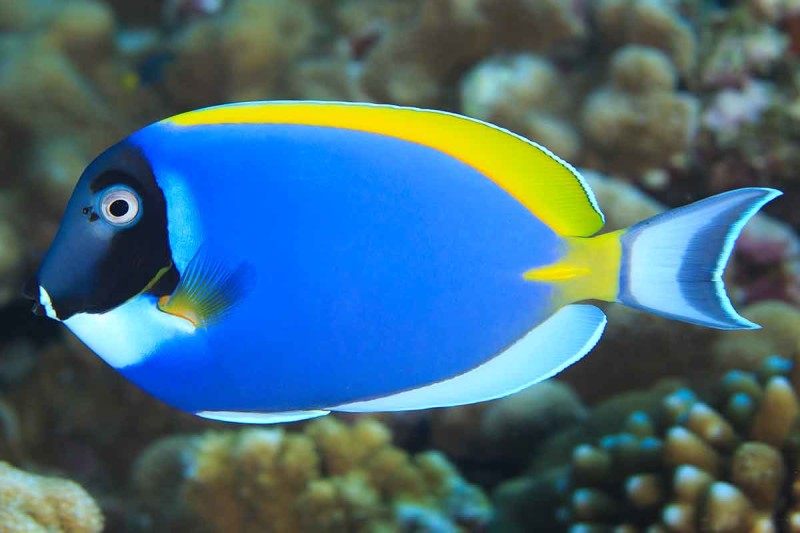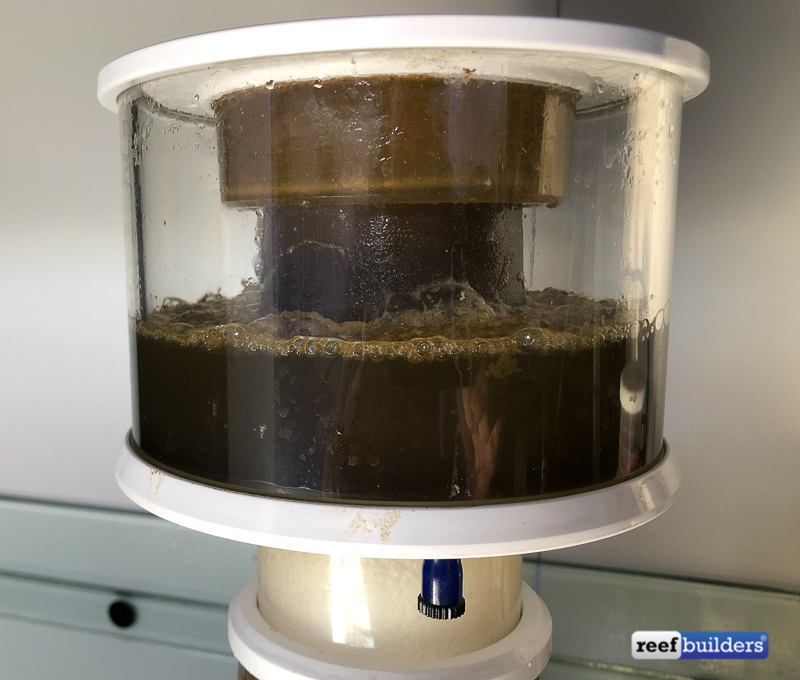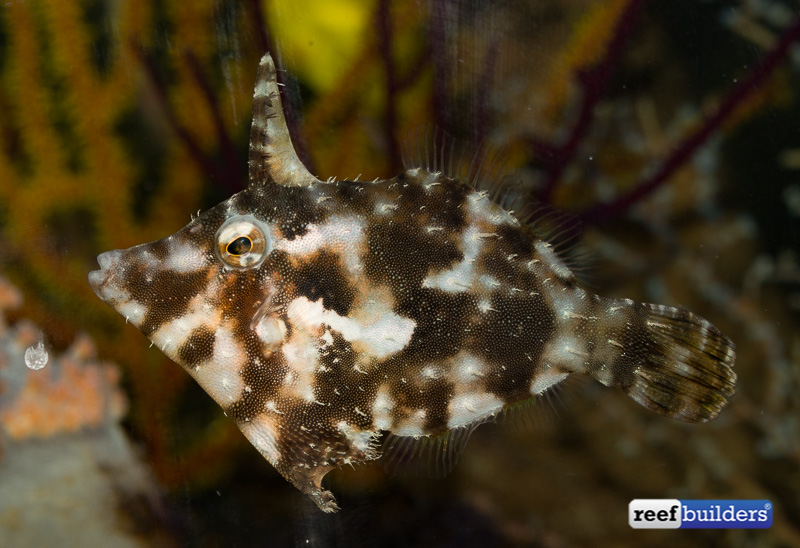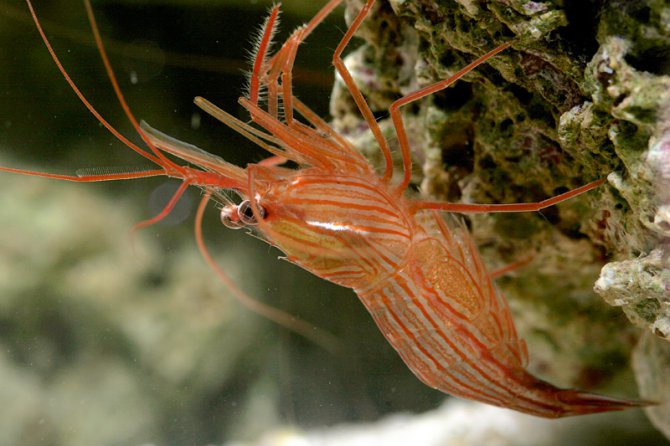There’s a broad misconception in the reef and marine aquarium hobby that there’s a silver bullet for the different pests that plague our aquariums in the form of biological control. Got algae growth? Get a tang. Got aiptasia? Get peppermint shrimp. Got flatworms, get this or that unproven small reef fish and on and on.
This delusion that you can just deal with these different problems, all of them introduced, by adding a particular animal borders on a fairy tale. Part of it is wishful thinking on the part of the aquarist, part of it is the livestock dealer hoping to make a sale, and part of it is anecdotal evidence that just gets repeated ad infinitum with a severe shortage of evidence, repeatable results, and critical thinking. Yes surgeonfish eat algae – but no one’s algae outbreak has ever been singlehandedly solved by just adding a marine tang. Just like any treatment, the bigger picture is much more nuanced.
 The first and most important factor to eradicating and managing pests is to reduce their growth rate, almost all of which feed heavily on fish food and/or nutrients. You do that by feeding less, feed less often, and improve the efficacy of your nutrient export systems. Do water changes, clean filters, siphon detritus from the bottom, sump and overflows, and make sure to keep the skimmer rocking.
The first and most important factor to eradicating and managing pests is to reduce their growth rate, almost all of which feed heavily on fish food and/or nutrients. You do that by feeding less, feed less often, and improve the efficacy of your nutrient export systems. Do water changes, clean filters, siphon detritus from the bottom, sump and overflows, and make sure to keep the skimmer rocking.
 Secondly, you have to make sure that your predator of biological pests can actually keep up with the growth and reproductive rate thereof, and reach them throughout the aquarium, a very overlooked factor to control and eradication. A bristletail filefish can eat large Aiptasia pest rock anemones, but can’t reach the ones deep in the rockwork, nor does it have the dexterity to graze down the tiny ones like peppermint shrimp can.
Secondly, you have to make sure that your predator of biological pests can actually keep up with the growth and reproductive rate thereof, and reach them throughout the aquarium, a very overlooked factor to control and eradication. A bristletail filefish can eat large Aiptasia pest rock anemones, but can’t reach the ones deep in the rockwork, nor does it have the dexterity to graze down the tiny ones like peppermint shrimp can.
 Finally, you can’t stick a few pest eating critters into a thousand gallon tank and expect them to be able to find them all faster than they can multiply. This last point is one of the most overlooked, and least considered – it’s delusional to think you can add a few small wrasses into a fully loaded Acropora aquarium and expect them to seek and destroy every last Acro Eating Flatworm, especially when they are toxic and bitter and the fish are probably getting showered with plenty of juicy, delicious frozen food several times a day.
Finally, you can’t stick a few pest eating critters into a thousand gallon tank and expect them to be able to find them all faster than they can multiply. This last point is one of the most overlooked, and least considered – it’s delusional to think you can add a few small wrasses into a fully loaded Acropora aquarium and expect them to seek and destroy every last Acro Eating Flatworm, especially when they are toxic and bitter and the fish are probably getting showered with plenty of juicy, delicious frozen food several times a day.
 Without hesitation we’d claim that the biggest challenges that face marine aquarists are disease and biological pests. By far the best treatment is prevention in the form of thorough fish quarantine, and separate coral quarantining. Even with the best executed protocols we all still spend/waste a terrible amount of time dealing with pests, algae, or diseases.
Without hesitation we’d claim that the biggest challenges that face marine aquarists are disease and biological pests. By far the best treatment is prevention in the form of thorough fish quarantine, and separate coral quarantining. Even with the best executed protocols we all still spend/waste a terrible amount of time dealing with pests, algae, or diseases.
Maybe one day we’ll al be building reef tanks exclusively with cultured, certified disease and pest free animals but until then, we all need to get better about how we use biological treatments, and get more exacting in how we employ them to ameliorate our reef aquarium ecosystems.




